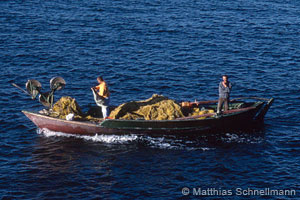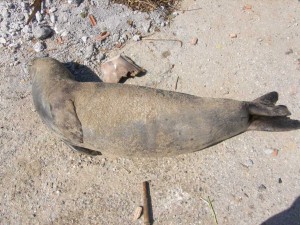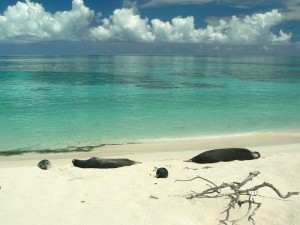Media Watch, Treehugger, 23 June 2011

Hawaiian monk seals have plenty to worry about these days, what with a sea full of hungry sharks and a long history of being hunted by humans — but now antics of rowdy teenagers has been added to that list. Last March, 19-year-old Cameron Cayaban saw one of the endangered seals and acted on a very bad idea: he ran up to the protected species and slapped it. The seal, undoubtedly confused by the offense, returned to the sea. Cameron, on the other hand, found himself in court.
Little did the seal-slapper realize that the animal had a name, and more than a few powerful friends watching out for it. There were a group of volunteer seal observers that day on Kalaeloa’s White Plains Beach, where the incident occurred, and they reported what young Cameron had done to Kermit (that’s the seal) to local military police. [Continues]
Source: Teenager to Pay $100 for Slapping, Endangered Seal, Treehugger, 23 June 2011.

 The FAO’s General Fisheries Commission for the Mediterranean (
The FAO’s General Fisheries Commission for the Mediterranean (

 More than 30 years after 50 critically endangered
More than 30 years after 50 critically endangered 